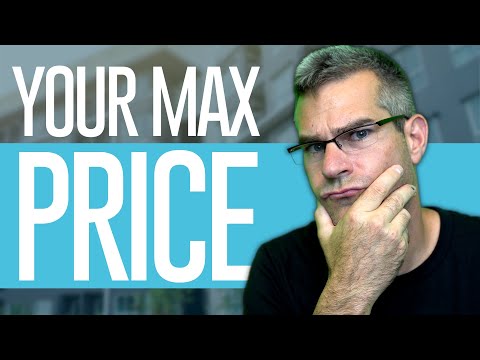Once an asset is stabilized, a good rule of thumb is to assume that rent will increase by 3% as well as the expenses. The Syndicated Deal Analyzer uses this as its default in the 10 year profit and loss (P&L) projection.
Sometimes, however, you will want to fine-tune the P&L. For example, let’s assume you buy a building that has below-market rents. Once you and your property manager take over, you will probably start raising the rents aggressively. Even though this may take several years to achieve, the rents will increase by more than the default 3%.
Similarly, if the as-is expenses are 55% of income and your target is 45% within two years, then the expenses will actually *decrease*, not increase by the default 3%.
These are two examples where you might want to override the defaults in the Syndicated Deal Analyzer P&L.
Once you do that, the entire financial model, including the projected returns, are impacted.
In the next video (see below), I use the Syndicated Deal Analyzer to override the default P&L with a customized business plan, and we’ll review the impacts that has on our overall projections.
Watch Video and leave me your comments or questions below!


Michael can you go into detail as far as what we need to present to investors to get private money? Exactly what we need to bring to our presentation.
Hi Darrick … I address this very question in Chapter 4 of the free ebook. You can download it by entering your email address to the right of this page. Hope that helps!
Here’s a question submitted to me via email: “Hello there, (1) I was wondering is there a certain formula you use to determine your monthly or yearly cash flow as the owner of the apartment building? As in cash flow I mean your salary as the owner of the apartment building. (2) Also is it possible for one to own multiple apartment buildings? If so would you put multiple apartment buildings under one L.L.C.? Im still new to getting into apartment buildings. Thanks for your time.”
To answer (1): You need to create a 5-year financial projection with the income, expenses, and net operating income. Subtract from that the debt service and you get the cash flow before taxes. If you own 100% of the building, you get all of that, otherwise you will split it with your investors.
Instead of creating your own, you could purchase my Syndicated Deal Analyzer. It costs a little bit of money but will save you hours of time. You can watch a 15 minute video of the analyzer here (http://themichaelblank.com/syndicated-deal-analyzer/).
(2) It depends a bit on how big the buildings are. If you want to own a bunch of duplexes, it may not be worth the extra effort to put each in its own LLC but simply own all of them in the same entity. I normally put each building in its own LLC because my smallest is 10 units.
Hope that helps!